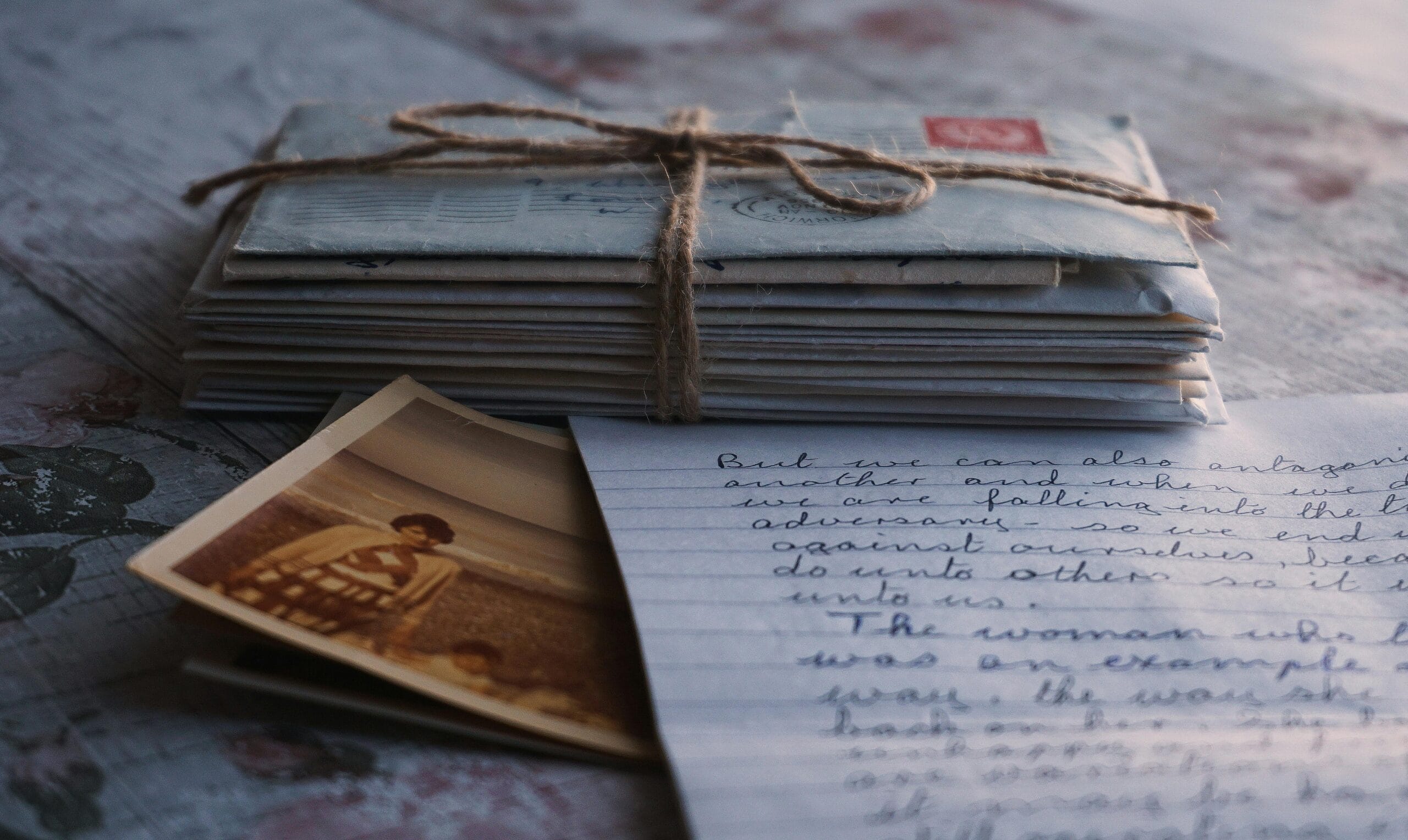
Ink of Intention
Long before ink touched paper, emotions took form in expressions that transcended time—engraved into stone to defy silence, stitched into cloth to cradle memory, brushed onto walls like echoes of the heart. These were no fleeting gestures, but deliberate marks, each crafted with reverence and care, reserved for moments destined to be etched in memory.
In ancient Egypt, gifts were often accompanied by hieroglyphs etched onto stone or papyrus—symbols that carried wishes for protection, prosperity, or love.
In Rome, handwritten scrolls were exchanged during Saturnalia, bearing personal notes of good fortune. These were no mere formalities—they were profound, deeply personal expressions of human connection.
As time passed, the forms evolved—but the essence remained. In medieval times, tender words were embroidered into kerchiefs or tucked inside lockets—whispered at the edge of departure, carried like quiet companions through absence. Never meant for many eyes—only for the one who mattered.
With the Victorian era came the golden age of handwritten sentiment. Cards became ornate, messages poetic. Language itself became an art—each word chosen with precision, a reflection of the deep emotion behind it.
Across the ages, one truth has remained unchanged: words bestow upon gestures a grace that transcends time.
Today, that pause is imbued with even greater reverence.
In a world where words rush to be understood before they are fully felt, choosing them with care becomes an act of quiet devotion. And when someone slows down, giving their emotion the space it deserves, they create a stillness no ornament could ever rival.
At Beyond…, we don’t see a message as something that completes a gesture.
We see it as the soul that gives it meaning.
Because across time, across borders, and across hearts—what is written with tenderness endures.
